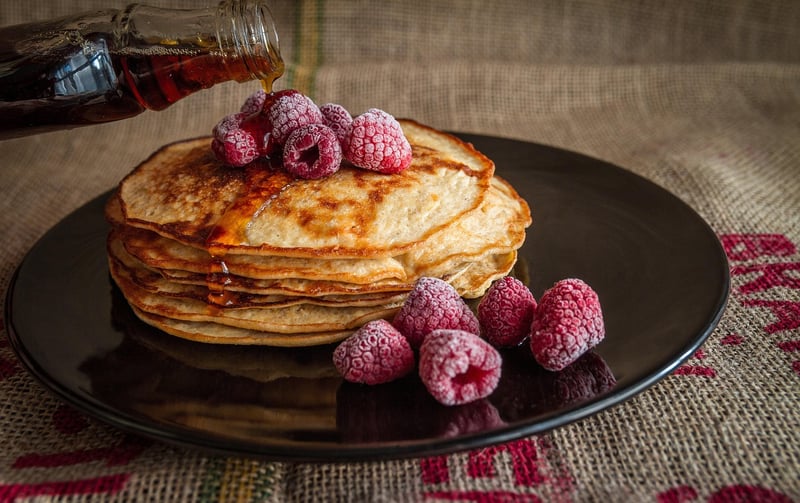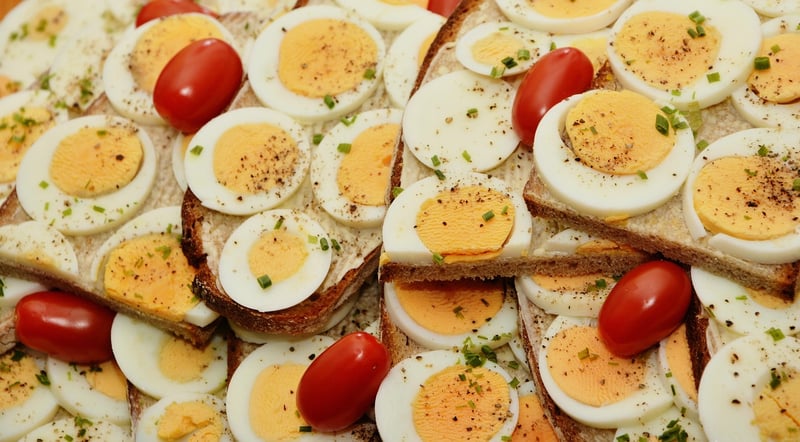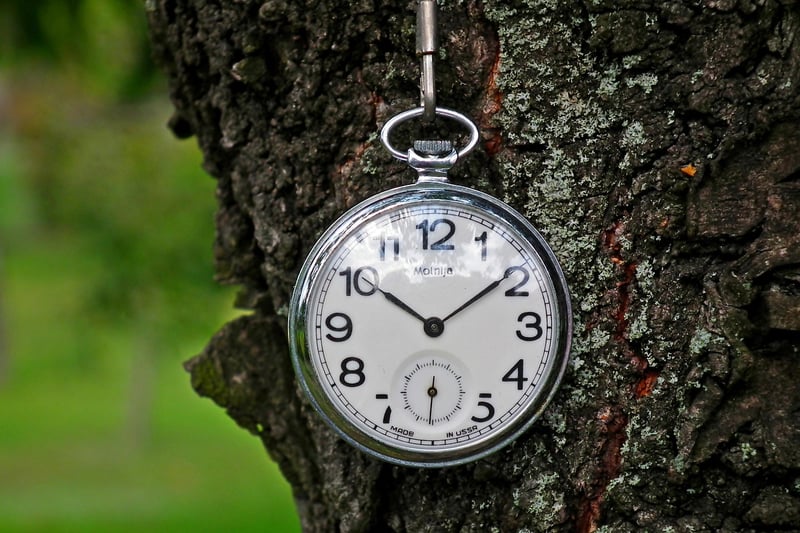Composition tips
Capture Food in Its Best Light: Composition Tips
When it comes to food photography, lighting is key. The right lighting can make your dishes look mouthwatering and irresistible. Here are some composition tips to help you capture food in its best light:
1. Natural Light is Your Best Friend
Whenever possible, use natural light for your food photography. Natural light is soft, flattering, and brings out the natural colors of the food. Avoid harsh overhead lights or direct sunlight, as they can create unappealing shadows.

2. Choose the Right Angle
Experiment with different angles to find the most flattering one for your dish. The most common angles for food photography are top-down, 45-degree, and straight on. Each angle can create a different mood and highlight different aspects of the food.
3. Use Props Wisely
Props can enhance your food photography by adding context and visual interest. Choose props that complement the dish and don't overpower it. Simple props like utensils, napkins, herbs, or ingredients can add texture and depth to your composition.
4. Pay Attention to Composition
Follow the rule of thirds to create a visually appealing composition. Place the main subject off-center to create a dynamic and balanced image. Consider the lines, shapes, and colors in your frame to create a harmonious composition.

5. Keep it Simple
Avoid cluttering the frame with too many elements. Keep your composition clean and simple to let the food shine. Focus on the main dish and use negative space to create a sense of balance and elegance in your photos.
6. Experiment and Have Fun
Don't be afraid to experiment with different compositions, angles, and lighting setups. Food photography is a creative process, so don't be afraid to try new things and have fun with it. The more you practice, the better you'll become at capturing food in its best light.
By following these composition tips, you'll be able to capture food in its best light and create stunning images that make mouths water and eyes sparkle.
